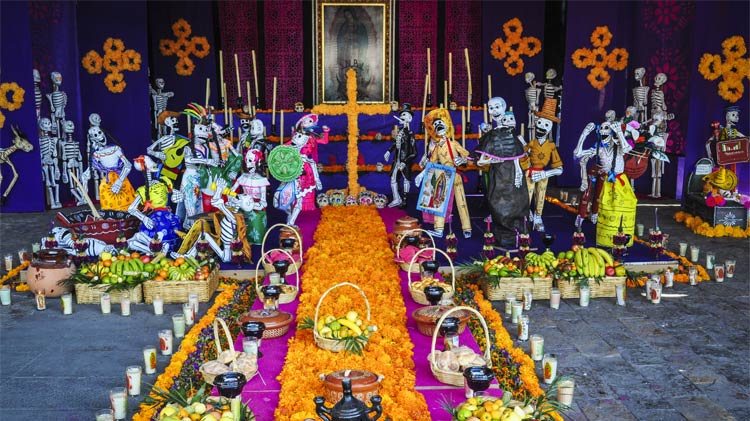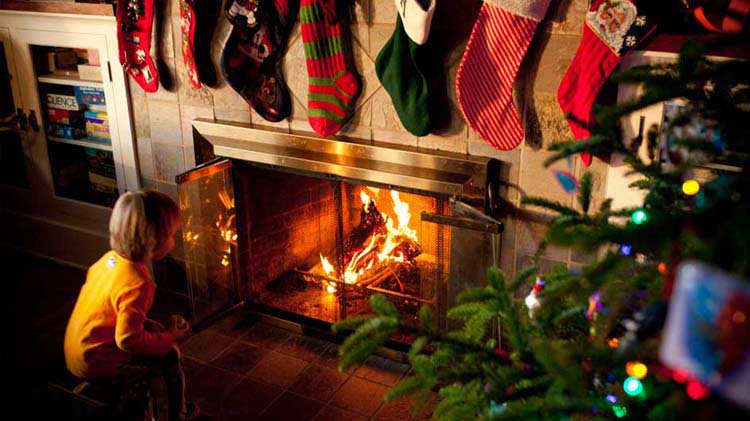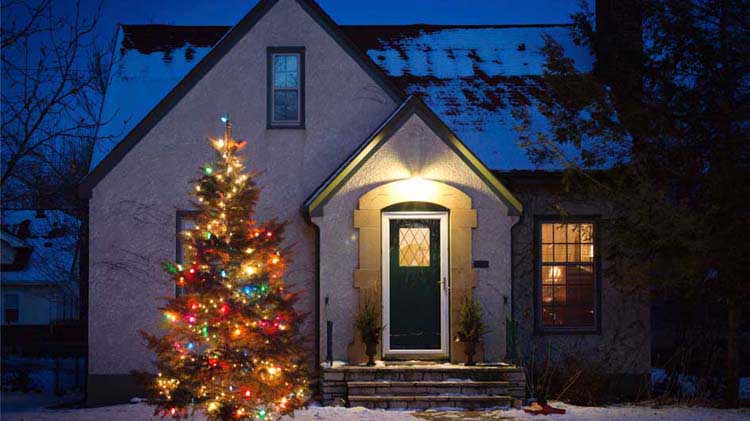Day of the Dead
Discover Day of the Dead: its traditions and its origins, as well as how to decorate your home and celebrate the date safely this November.
What is Day of the Dead?
Day of the Dead is one of the more striking of Mexican traditions. It is full of color and feeling — an occasion in which joyous celebration and the memory of those who have left us are fused together. For unlike any other part of the world, in this unique Mexican festivity, death is not only honored as in the rest of Latin America, but is also celebrated with joy and as a reminder that it is inevitable for everyone.
When is Day of the Dead?
Throughout the Hispanic world, the 1st and 2nd of November are very important dates on the Catholic religious calendar, as the 1st is Día de Todos los Santos (All Saints' Day) and the 2nd is Día de los Fieles Difuntos (Commemoration of All the Faithful Departed or All Souls' Day). In Mexico, just like in other parts of Central America, both dates are celebrated together as Day of the Dead, a celebration that integrates ancient, deeply-rooted Christian and pre-Hispanic traditions.
Day of the Dead altars
According to the ancient Mexicas and Aztecs, the souls of our loved ones can come back to visit us on the Day of the Dead (which used to be celebrated on other dates and got moved to November with the advent of Catholicism). In order to entice them and make them feel welcome, people put together altars displaying photos of their loved ones, personal keepsakes, their favorite food and beverages, crosses, candles, and they scatter the orange and yellow-colored petals of cempasúchil (Aztec or Mexican marigold — a type of carnation), outlining the route for the spirits so that they don't get lost and can arrive at their destination.
Celebrating in the streets
Also in keeping with tradition, most towns in Mexico set up bustling, colorful stalls leading up to the celebration that sell pan de muerto (traditional sweetbread specifically for this occasion), tamales, little Mexican calaveritas (decorated confections resembling skulls) made with sugar and chocolate, handcrafted adornments and so on. Late in the 20th century, the colorful, handmade alebrijes were added, representing mythical creatures, as well as Catrines and Catrinas, which are skeleton figures of elegantly-dressed men and women: a reminder that in the face of death, we are all equal.
What is pan de muerto?
Pan de muerto is a traditional Mexican bread that is sold beginning in October; it is often found on altars and used as an offering for the deceased. It is round, and on the top there are crossbones underneath a circle — representative of a skull — made of puff pastry. Typically, it comes sprinkled with sugar.
Is Day of the Dead the same as Halloween?
No. In spite of how influential Halloween has become throughout the entire world, in Mexico they've been celebrating both holidays alongside each other for years. It's important to remember that the purpose of Day of the Dead is not to frighten the living, but rather to bring us closer to the afterlife — that place to which we all will be heading sooner or later. Nevertheless, they both do seem similar, since a lot of people dress up in costumes and put on makeup for both holidays.
Will Day of the Dead one day stop being celebrated?
It's highly improbable. Although many feared that Halloween would diminish the importance of Day of the Dead in Mexico, the opposite has happened in the last several years thanks to big Hollywood productions, like Disney's Coco, and especially the 2015 James Bond film Spectre, which was filmed right in the heart of Mexico City. In the latter film, there is a spectacular parade in the opening scene that the Mexican authorities have tried to emulate every year since the movie came out, and this has become a major tourist attraction, drawing millions of visitors. In similar fashion, other Mexican cities organize processions and parades featuring floats; this is also happening more and more in some U.S. cities that boast large populations of people of Mexican descent, like Los Angeles, Chicago or San Antonio, where an impressive parade of barges displaying Catrinas takes place on the city's Riverwalk.
Can I also celebrate Day of the Dead?
Of course. It all comes down to what you personally find inspiring. Whether it's putting up an altar at home, or donning a Catrina costume with makeup, it all sounds like good fun. Furthermore, celebrating Day of the Dead is a great opportunity — not just an opportunity to be with your family and friends, but also to honor the memory of those who have departed.
Celebrating safely
However you decide to celebrate Day of the Dead at home, it's important that you do so safely, whether you are preparing food, hosting a celebration at home or putting together an altar. Don't forget to check out other articles from Simple Insights®, so that you can celebrate safely — not just this holiday, but throughout the holiday season, including Thanksgiving. To find out more about what home insurance can do for you in the face of uncertainties, or to learn more about all the insurance coverage options that we offer, be sure to get in touch with a State Farm agent.




